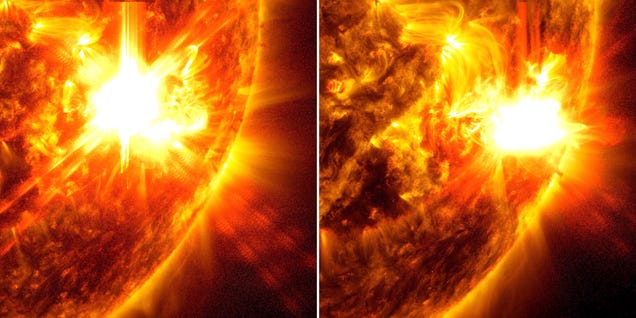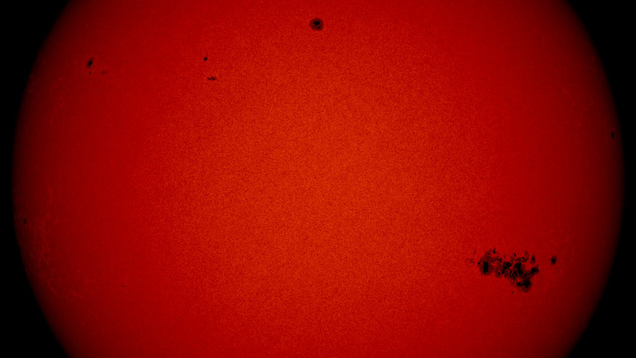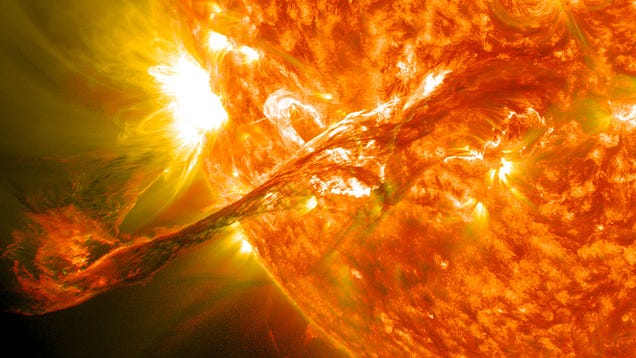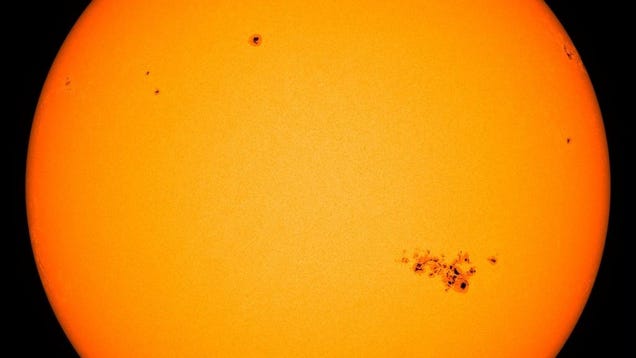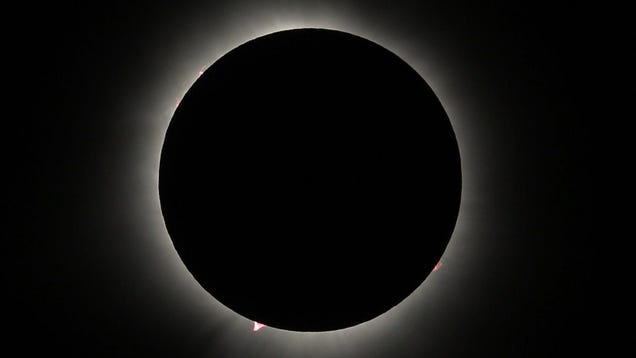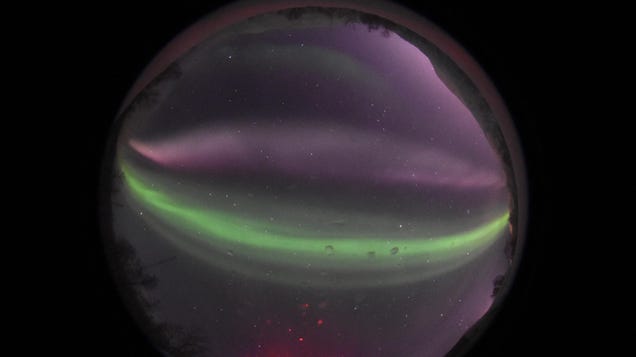
STEVE, a strange ribbon of purple and green haze discovered by citizen scientists in 2016, just got even weirder. While looking through archival data, a team of scientists discovered that the aurora-like phenomenon has a secret twin moving in the opposite direction.

